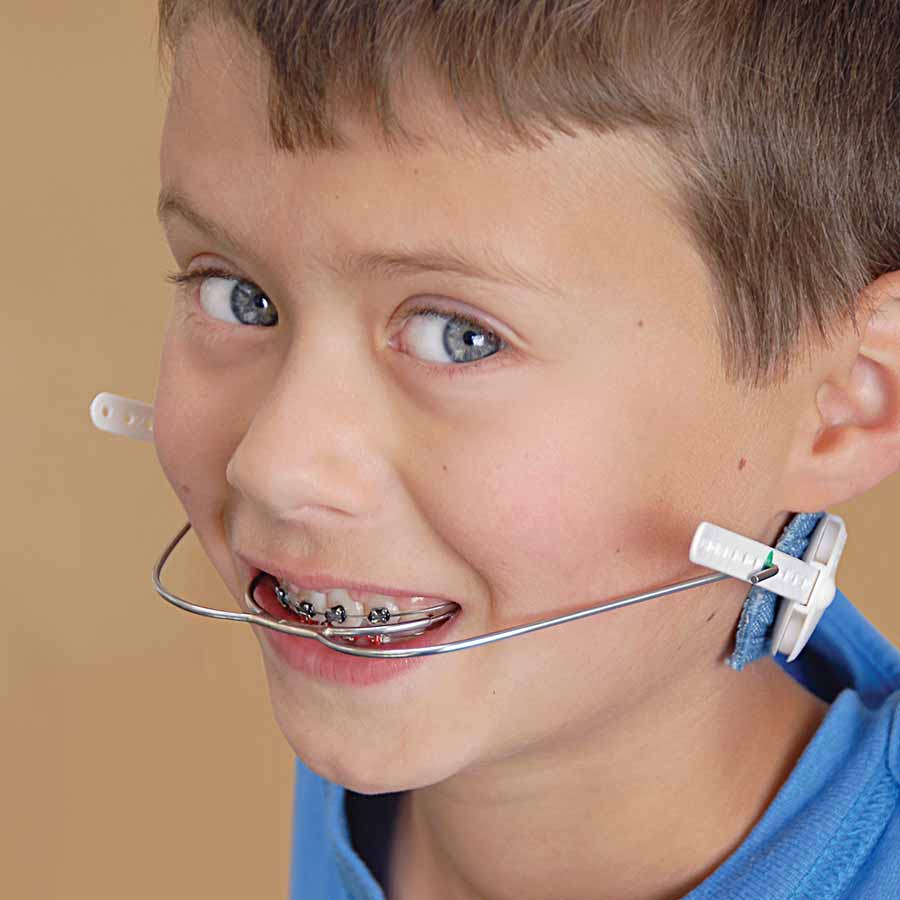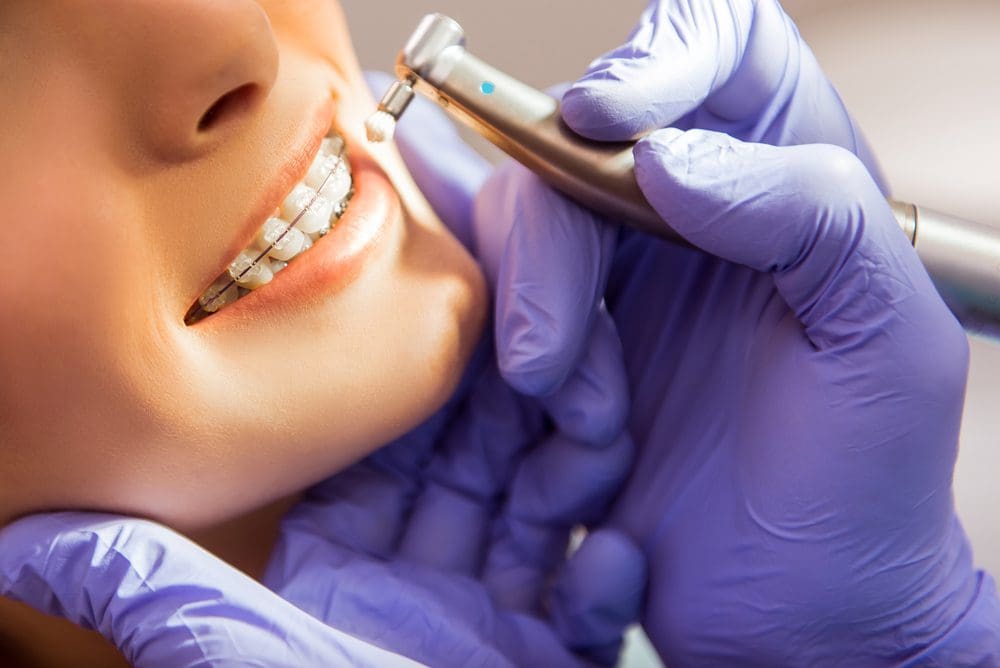Your Overview to Cumming Invisalign: Straightening Teeth with Style and Convenience
Comprehensive Guide to Orthodontics Procedures for Remedying Oral Misalignments
Comprehending the ins and outs of each treatment, including their devices, benefits, and potential disadvantages, is vital in making notified decisions regarding one's orthodontic therapy. As we browse with the comprehensive overview to orthodontic treatments for correcting dental misalignments, the elaborate information of each method will unfold, shedding light on the path towards a harmonious and functional dental placement.
Orthodontic Procedures Review

Along with clear aligners and standard braces, orthodontists might also advise various other interventions like headgear, palatal expanders, or retainers to deal with details placement problems (cumming aligners). These procedures are tailored per client's special needs and may entail a mix of therapies to accomplish the wanted results. Routine modifications and tracking are critical components of orthodontic treatment to make sure progression gets on track and to make any required modifications along the means. By undergoing orthodontic procedures, clients can not only attain a straighter smile but also improve their overall oral health and wellness and function.
Conventional Braces: Just How They Work
When thinking about orthodontic therapies for dental misalignments, traditional braces stand out as a time-tested technique for fixing teeth placing. Traditional dental braces are composed of braces, wires, and bands that work together to use constant pressure on the teeth, slowly relocating them right into the wanted alignment.
One secret element of exactly how typical braces job is the procedure of bone remodeling. As pressure is applied to the teeth through the braces, the bone surrounding the teeth is reshaped to support the new tooth settings. This makeover is essential for the long-term stability of the fixed positioning. Clients will need routine modifications at the orthodontist's office to guarantee the braces continue to apply the right pressure for efficient teeth motion.
Undetectable Aligners: Cons and pros
These clear, customized trays are virtually unnoticeable when put on, making them an appealing choice for people seeking an extra cosmetically pleasing orthodontic therapy. People can remove the aligners prior to eating or cleaning their teeth, reducing the danger of food obtaining stuck in the appliance and streamlining the cleansing process.

Surgical Orthodontic Options
Surgical treatments in orthodontics present feasible alternatives for resolving get more intricate dental misalignments that may not be effectively dealt with through traditional orthodontic treatments. While undetectable aligners and standard braces can correct many orthodontic problems, specific situations call for medical treatment to attain optimal results. Surgical orthodontic options are generally suggested for extreme malocclusions, substantial jaw inconsistencies, and cases where the underlying bone framework requires modification to attain correct positioning.
One common medical orthodontic procedure is orthognathic surgical procedure, which includes repositioning the jaws to remedy useful problems such as trouble speaking or eating. This surgical treatment is often executed in collaboration with an orthodontist that helps straighten the teeth before and after the treatment. Surgical orthodontics might likewise entail procedures to reveal impacted teeth, eliminate excess gum tissue, or improve the jawbone to produce an extra harmonious face profile.
Before taking into consideration surgical orthodontic choices, patients go through a thorough assessment to establish the necessity and prospective advantages of such interventions. cumming braces. While surgical treatment might seem complicated, it can considerably boost both the function and aesthetics of the smile in situations where standard orthodontic treatments drop short
Retainers and Post-Treatment Treatment

Post-treatment care involves complying with the orthodontist's directions diligently. This may include proper oral health methods, participating in follow-up consultations, and putting on the retainers as suggested. Failure to adhere to post-treatment care instructions can result in relapse, where the teeth gradually return towards their original placements. Regular retainer wear, excellent dental health, and normal dental examinations are crucial for keeping the outcomes attained via orthodontic walk in dental clinic surgical procedure and guaranteeing the long-term security of the dealt with oral alignment.
Conclusion
In verdict, orthodontic procedures supply various choices for correcting dental imbalances. Surgical orthodontic choices are available for much more severe misalignments. Overall, orthodontic treatments can effectively enhance dental health and aesthetic look.
As we browse through the detailed guide to orthodontic procedures for remedying oral misalignments, the complex information of each method will certainly unravel, losing light on the path towards a practical and harmonious dental placement. - cumming orthodontics
One of the most common orthodontic treatments is the use of dental braces, which are composed of steel brackets and wires that apply gentle stress to progressively shift teeth right into the wanted placement.When considering orthodontic therapies for dental continue reading this misalignments, standard braces stand out as a tried and true technique for remedying teeth placing. In addition, invisible aligners may not be appropriate for complicated orthodontic problems that need even more substantial teeth activity, as they are typically recommended for mild to moderate cases. Retainers are custom-made orthodontic tools designed to hold teeth in their dealt with positions after the completion of orthodontic treatment.